"I didn't think much of it, other than that it was a beautiful fall day here in Southern California," Kullenberg recalled.
Ercan Karakas, an airline
captain, captured a similar image in Istanbul in January 2012. "I'm a
spotter. I love to watch and photograph the takeoffs of heavy
aircrafts," he wrote of the experience. "I know they are not a metal,
flying bird; they connect thousands of people in a journey to
happiness."
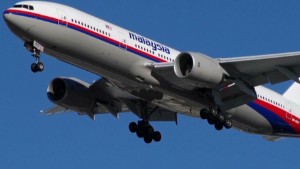 See MH370 before it disappeared
See MH370 before it disappeared
 A milestone of the worst kind
A milestone of the worst kind
 MH370 families losing trust in officials
MH370 families losing trust in officials
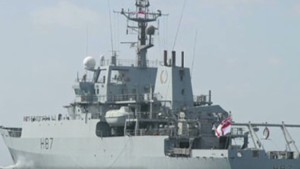 Vessels narrow search site for MH370
Vessels narrow search site for MH370
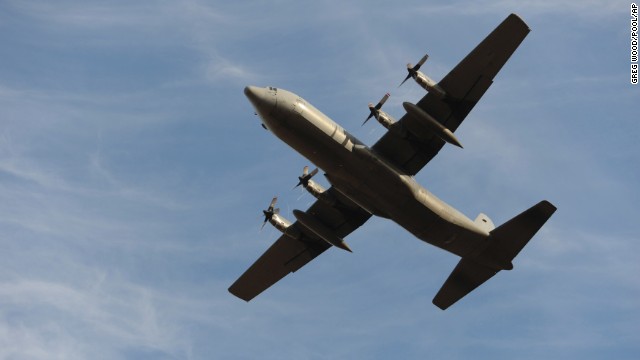 Photos: The search for Malaysia Airlines Flight 370
Photos: The search for Malaysia Airlines Flight 370
When Flight 370 went
missing, Kullenberg and Karakas were among the plane spotters who
checked their trove of images. Several found they had photos of the
plane when they discovered the registration number matched. Flight 370
was airplane 9M-MRO. These spotters' fantastical musings of planes in
flight turned suddenly to dark speculation.
"I fly 60 to 90 times a
year; how could this happen?" asked Hansueli Krapf, a Swiss businessman
who captured 9M-MRO sitting on the runway in South Africa two years ago.
"What on earth could have happened to a plane when there is so much
tracking?"
Plane spotters upload
hundreds of images to air buff websites all the time, reflections of
their fascination with flight. They chat for screen pages about the
mechanics and wonder about their far-off destinations and the
passengers. They invent stories about people from far-flung countries
touring faraway lands, on holiday, on business or studying abroad --
just like the passengers of Flight 370.
After the plane
disappeared, Michael Raisch, a visual historian, surfed the airline
websites looking for postings of the missing plane. "You begin to see
how interconnected the world is," said Raisch, who once compiled a
time-lapse photo project of the rebuilding of One World Trade Center.
"There is a mystique to flying. Like everything matters more if it
happened on an airline."
Raisch put up a Web page with some of the photos and reached out to the photographers for their recollections. What is emerging is a visual history of the plane.
The plane spotters
document the 9M-MRO's travels. It spent time in Los Angeles, Kuala
Lumpur, Malaysia, and Perth, Australia. It set down in South Africa,
Vienna and Rome. The dates the spotters shared with CNN for the pictures
they posted on websites such as airliners.net and Wikimedia.org
sync with the dates the plane flew through those airports. So does the
information they provided about their own backgrounds as pilots or
aviation students or ordinary folks with long histories of photographing
planes. Their motive for recording air travel is also well-documented.
They all love planes.
Plane spotters seek 'Wayne's World' thrills
Canadian Dan Miclea said
he contributed to the gallery after he had an "Oh, wow" moment when he
realized he'd seen 9M-MRO sitting on a runway in Rome on June 27, 2010.
The 20-year-old has taken thousands of images of planes, including the
moment he spotted a shiny Boeing 777 from Malaysia. "It's fascinating
that we get such a big piece of metal up in the air and fly," he said.
Bernhard Ebner posted
his photo when he discovered he had spotted the missing plane on May 5,
2013, in Amsterdam, the Netherlands. "We wanted to wake up early in the
morning to catch the most long-haul flights," Ebner said. "It was a
beautiful sunrise at this day as you can see on the picture, and a
little bit foggy. Perfect for catching the early birds."
His excitement over
capturing a picture of an exotic Malaysian airliner turned to sadness
when he realized it had later vanished from the sky. "I was so surprised
about this and can't really believe it. They have 105 planes, 15 Boeing
777-200, and I caught exactly this one, I don't know what I really
should (say) now," Ebner said.
Raisch said he believes
the plane spotters are deeply affected by having a piece of the
airplane's history. "It's human nature to want to hold on to a piece of
something," said Raisch, who still marvels at his photos of the towers
before 9/11 and talks passionately of his chance encounter with actor
Paul Walker, who died in a car crash. "The human part of you says, 'OMG,
I have this piece of something that is now missing. I have something
that is now lost.' "
Krapf, the frequent
flier, said he feels like each picture allows him to share a special
part of an airplane's history. He has been fascinated with planes since
he was 4. "My father used to take us to Zurich Airport, and we would
just watch," said Krapf, who later became an amateur pilot. "For me,
pilots were heroes, gods. The aircrafts themselves with the noise they
made and the size of them, the fact that we could fly, it all fascinated
me."
 How to never lose another plane
How to never lose another plane
 Malaysian PM: We will not give up
Malaysian PM: We will not give up
He remembers the
five-hour layover in South Africa, where he caught sight of the bold
white plane with its blue and red streaks sitting on the runway, a glint
of sunshine piercing the metal. "I was on a business trip on the way
home from Zambia. I always take free time at airports to take some
photos of planes," he said.
Lorenzo Giacobbo's image
on January 30, 2011, in Rome is the kind of breathtaking photo the
plane spotters yearn to capture. The sky is cloudy and rain showers are
painting the clouds. Streaks of light pierce the liquid gray sky and
illuminate the metal. "The moment I saw those images that I took of the
plane, I was feeling shock and glad at the same time, because I never
believe that plane is now gone and I have in my personal collection a
copy of the plane," he wrote.
The experience is
perhaps most emotional for Ignatius "Iggy" Kwee, who snapped his image
in Perth on August 10, 2010. He was active on a WhatsApp chat group for
aviation fans when word of the missing plane came through.
"It's just sad really,
and being a Malaysian myself, I might even have had a ride on that
similar aircraft once upon a time ago flying from Kuala Lumpur to Perth
back in the days before AirAsia X came to this part of the world," he
said in a message to Raisch. "The triple seven is a joy to fly in. It's
graceful with its huge twin engine, feeling robust in the air and
beautiful to photograph in action with all the flaps down, the triple
landing gear bogeys. Now having learned this is the first total airframe
and lives lost of a triple seven in a crash, it's just unbelievable in
this modern aviation world."
Ocean Shield: A mission of hope in search for Flight 370
Flight 370: High-tech search tools
Inside the flight simulator
Read the cockpit transcript
Special Offer
Special Offer
Special Offer
Special Offer
Special Offer
Special Offer
Special Offer
Special Offer
Special Offer
Special Offer
Special Offer
Special Offer
Special Offer
Special Offer
Special Offer
Special Offer
Special Offer
Special Offer
Special Offer
Special Offer
Special Offer
Special Offer
Special Offer
Special Offer
Special Offer
Special Offer
Special Offer
Special Offer
Special Offer
Special Offer
Special Offer
Special Offer
Special Offer
Special Offer
Special Offer
Special Offer
Special Offer
Special Offer
Special Offer
Special Offer
Special Offer
Special Offer
Special Offer
Special Offer
Special Offer
Special Offer
Special Offer
Special Offer
Special Offer
Special Offer
Special Offer
Special Offer
Special Offer
Special Offer
Special Offer
Special Offer
Special Offer
Special Offer
Special Offer
Special Offer
Special Offer
Special Offer
Special Offer
Special Offer
Special Offer
Special Offer
Special Offer
Special Offer
Special Offer
Special Offer
Special Offer
Special Offer
Special Offer
Special Offer
Special Offer
Special Offer
Special Offer
Special Offer
Special Offer
Special Offer
Special Offer
Special Offer
Special Offer
Special Offer
Special Offer
Special Offer
Special Offer
Special Offer
Special Offer
Special Offer
Special Offer
Special Offer
Special Offer
Special Offer
Special Offer
Special Offer
Special Offer
Special Offer
Special Offer
Special Offer
Special Offer
Special Offer
Special Offer
Special Offer
Special Offer
Special Offer
Special Offer
Special Offer
Special Offer
Special Offer
Special Offer
Special Offer
Special Offer
Special Offer
Special Offer
Special Offer
Special Offer
Special Offer
Special Offer
Special Offer
Special Offer
Special Offer
Special Offer
Special Offer
Special Offer
Special Offer
Special Offer
Special Offer
Special Offer
Special Offer
Special Offer
Special Offer
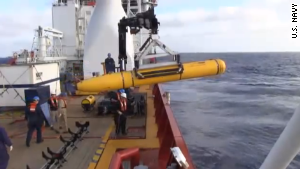 Bluefin-21 redeployed in plane search
Bluefin-21 redeployed in plane search
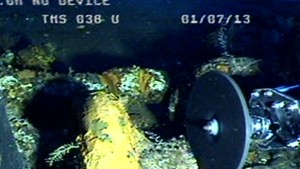 The challenges of salvaging MH370 debris
The challenges of salvaging MH370 debris
 MH370 partner: They're still alive
MH370 partner: They're still alive